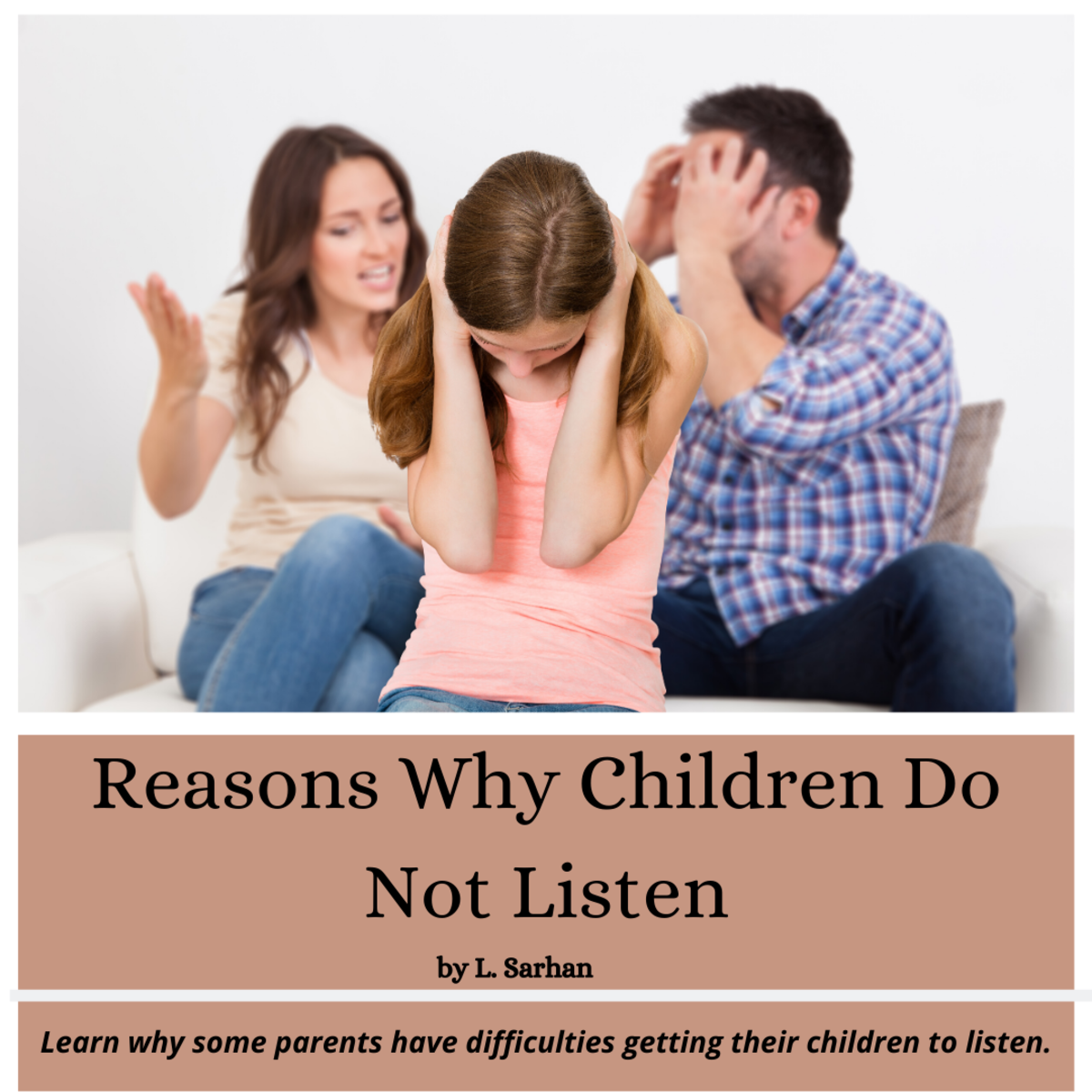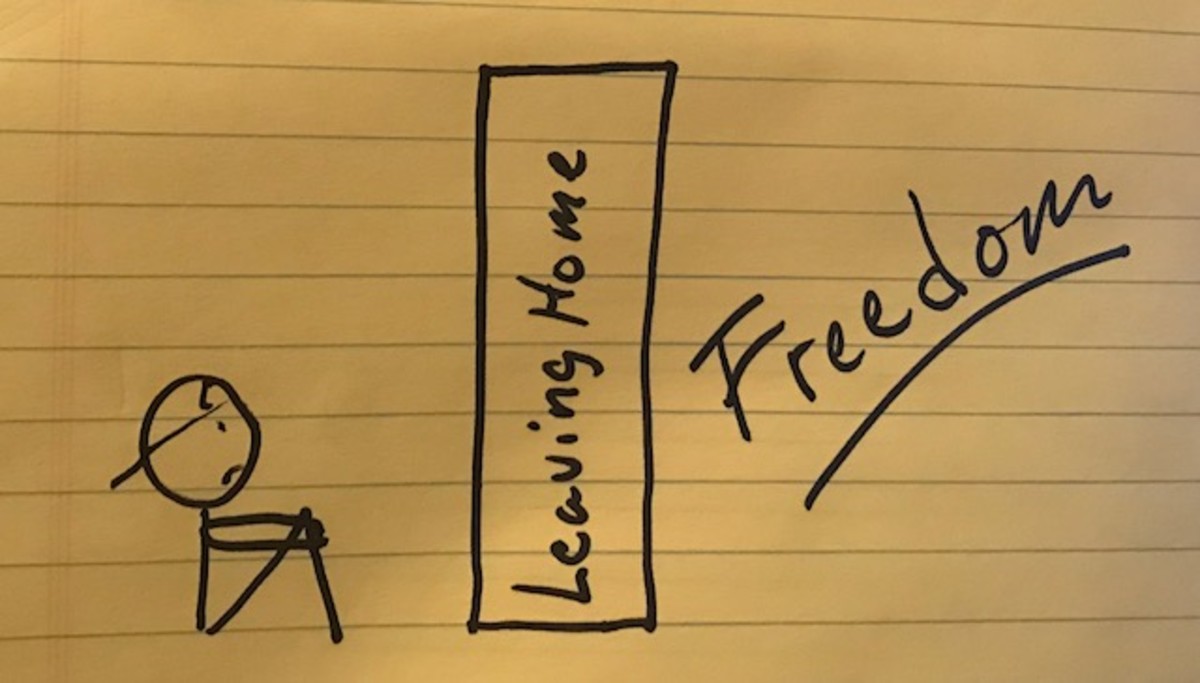Helping a Child With Stress

Children who suffer from stress disorders often have lived for so long with their stress symptoms and behaviors that they do not realize that they are different from other children. They take their extreme level of stress and resulting behaviors as a fact of life. One step in treating stress behaviors in children is to help them to become self-aware of their stress, how the stress is cued and triggered, and the levels of their stress.
The first step, of course, is for the adult caregivers to be able to make a list of the stress behaviors that are seen regularly in the child. If you do have a clear idea of what “stress signs in children” looks like, you can read the companion article to this one entitled: “Stress Cluster Descriptions”. You should also consult with your treatment specialist to help you make the list.
Once the signs and behaviors have been identified, caregivers can gently make observations to the child about the behaviors once the child has clamed down from the stress episode (upset, or acting out). These observation might be something like: “I notice you seem to get very upset when you are told that you cannot have a food treat…your face gets red, and then you begin to yell and say that I am unfair….”
Children in foster care who have stress disorders often have an increase in stress and stress related behaviors before and after contact with biological family members. When signs are seen prior to a visit, a caregiver can comment on this to the child, once again, very gently: “You seem to be a little bit nervous or worried, I see you pacing around and you can’t seem to stay still…I wonder if I am right, are you worried?”
The phrase: “I wonder….”, followed by a reflection of what the caregiver thinks the child might be feeling, thinking, or what the cause of the behavior is a very useful phrase. By saying “I wonder…”, you are not making a definitive statement or accusation, but leave room for the child to correct you if you are wrong. If you are right, you have just helped the child to recognize their stress source and level, and if you are wrong, the child will likely correct you, and then still become self aware of their stress.
For many children with stress disorders, there are many, many things, people, and situations that may trigger stressful memories of the traumas in their past. When a caregiver gets a clue that something, someone, or a particular kind of situation is triggering to a child, they should ask the child directly about it: “After you saw that big dog, you seemed to get very anxious…I wonder why?” It is important not to lead the child by saying something like: “I wonder if it because something bad happened to you that involved a big dog?” If a child is led in this way, you could very well get a false agreement by the child, because children want to please adults.
Another way you can help a child become aware of their stress is by modeling: talk about your own stress and stressors (when appropriate), and describe how the stress feels to you, such as where in your body you feel the stress, the level of stress, etc. You then can in turn ask the child how and where they feel their stress.
Once it has been established with the child that they have stress problems, a caregiver and child can make a creative chart that will help both the child and caregiver to graphically symbolize the stress level. This could be a big poster of thermometer, with a sliding red line to indicate how high the child feels their stress level is. Finally, children can be taught healthy self-comforting and stress reducing techniques. When the child experiences genuine relaxation, safety, and security, they are better able to come to a better self awareness of their debilitating stress and stress behaviors.
- Trauma Pages
Excellent information on PTSD. - Dr. John Briere
Academic research in PTSD. - Home - W.E. Krill, Jr. M.S.P.C.
Child specific treatment of PTSD in children as a result of interpersonal trauma.







